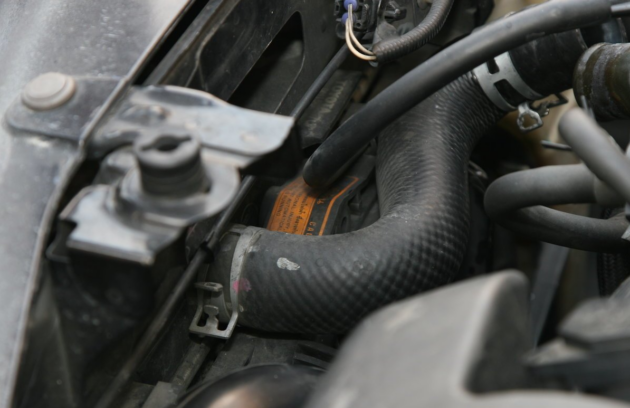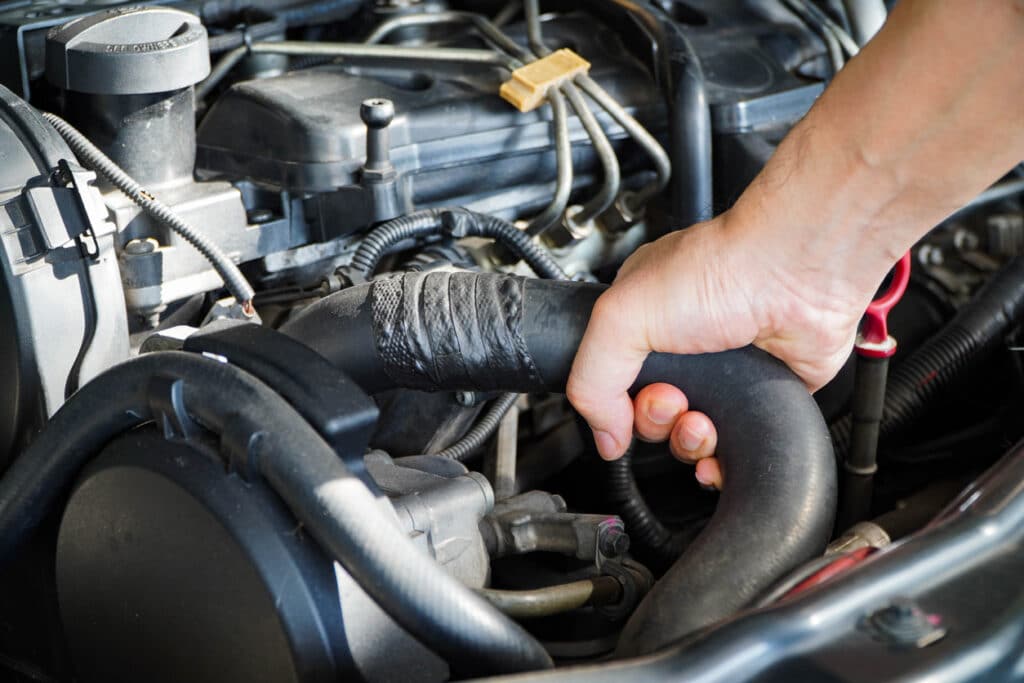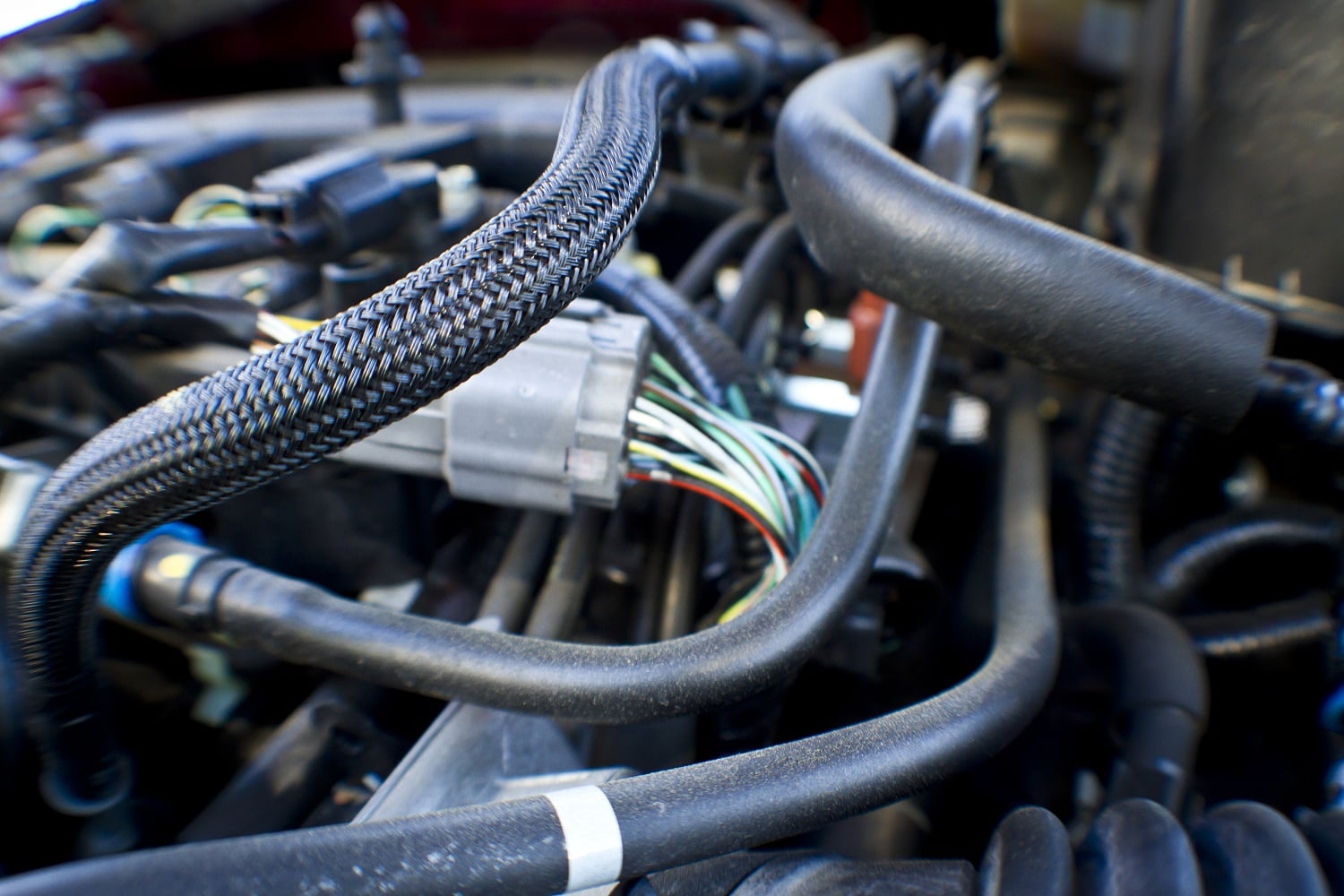The Ins and Outs of Car Hoses: Everything You Need to Know – 2023 Guide
Are you wondering about the ins and outs of car hoses? From maintenance to repairs, understanding car hoses is essential for keeping your vehicle running in peak condition. This article, will explore everything you need to know about them – from what they are and how they work, to how often you should check them and why it’s important.
We’ll also provide tips on when it might be time to replace them. So if you want a deeper understanding of car hoses, read on!
Types of Car Hoses

Several types of car hoses help keep your vehicle running smoothly. Radiator hoses carry coolant between the radiator and the engine, while vacuum lines provide a pathway for air to enter or exit certain areas in the engine. Heater hoses transport hot coolant from the water pump to the heater core and back, allowing it to warm up your cabin on cold days. Oil pressure switch hoses detect oil levels in tanks and send signals when they reach a predetermined low level. Finally, fuel filler neck tubes guide gasoline into tanks for easy filling-up at gas stations. All these different types of car hoses have their functions but all play an important role in making sure you stay safe on the road!
Benefits of Replacing Your Vehicles Hoses

Replacing your vehicle’s hoses is an important part of routine car maintenance. Doing so can help keep your car running smoothly and efficiently, as well as save you from costly repairs down the road. Here are some of the benefits that come with replacing your vehicle’s hoses:
- Improved Performance – Replacing worn or cracked hoses helps prevent leaks, which in turn improves overall engine performance by improving airflow and reducing friction between components. This will make it easier for your engine to run at optimal levels and make sure that all systems are operating correctly.
- Increased Efficiency – Newer hose models offer better heat insulation than older ones, meaning less energy loss through heat transfer in the system and improved fuel economy over time. This means youll get more bang for your buck on a tank of gas!
- Reduced Maintenance Costs – By replacing old hoses before they cause any major damage to other parts of the engine, you can avoid expensive repair bills in the future due to leaking fluids or malfunctioning parts caused by aging or worn out hose materials. Additionally, newer models often include built-in filters that protect against dirt or debris buildup inside them, further helping to extend their life span and reduce costs associated with regular maintenance checks and replacements down the line
Common Causes for Worn or Damaged Hoses
One of the most common causes of worn or damaged hoses in a car is lack of maintenance. Over time, hoses may become brittle and weakened due to age and exposure to extreme temperatures. In addition, inadequate lubrication can also cause wear on hoses over time.
Hose clamps that are not securely tightened can also be a factor in hose wear and tear, as they may come loose with vibration or engine movement. Finally, certain types of fluids such as coolant can break down the material used to construct the hose if left unchecked over time leading to cracks or breaks within it.
Inspecting and Maintaining Your Vehicle’s Hose System
Inspecting and maintaining your vehicle’s hose system is an essential part of ensuring the overall health of your car. While it can seem daunting, the process itself is quite simple. When inspecting your hoses, you should look for any signs of cracking or wear on their outer surfaces.
If there are any visible problems, replace them immediately as they can lead to severe engine damage if left unchecked. Additionally, make sure to check for any loose connections at both ends of all hoses as these could create dangerous leaks in the future.
Finally, ensure that all hose clamps are properly tightened so that no air escapes from them during operation. Taking proper care of your vehicle’s hose system will help keep it running smoothly for many years to come!
Tips for Choosing the Right Replacement Parts

When it comes to choosing the right replacement parts for your car, there are a few key things you need to consider. Firstly, make sure that the part is compatible with your vehicle’s make and model. Secondly, look at reviews from other customers who have purchased similar products and check their ratings.
Thirdly, find out how much experience the supplier has in supplying and fitting car hoses so that you can be assured of quality services when replacing them.
Lastly, always choose parts from reliable sources as this will ensure they last longer and function properly over time. By following these simple tips when purchasing replacement car hoses, you can guarantee that you get value for money and peace of mind knowing your vehicle is running safely on the road again!
